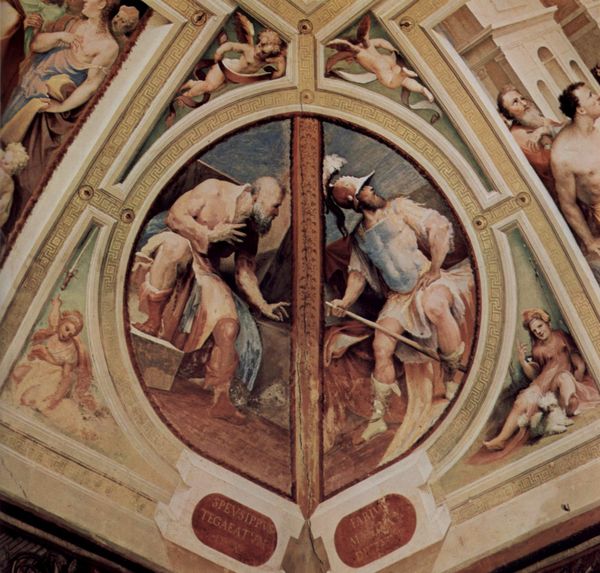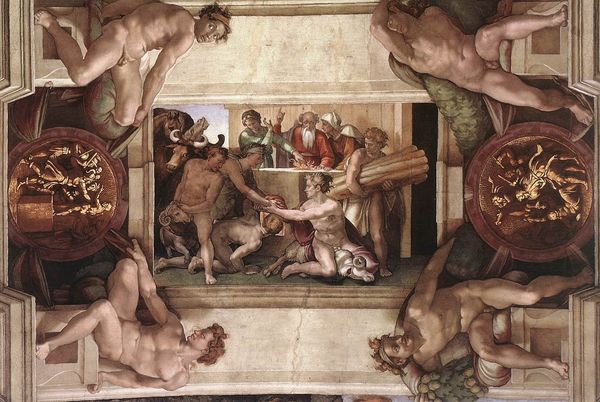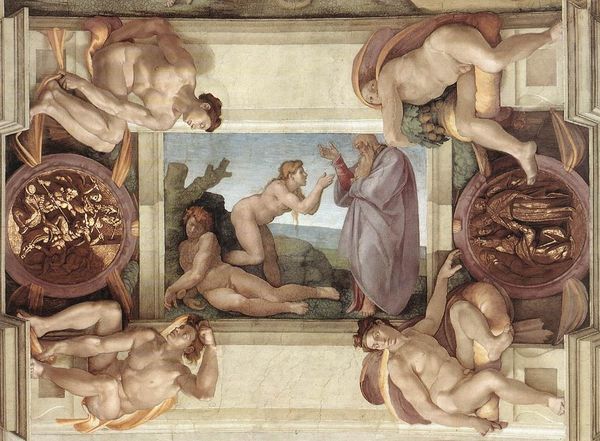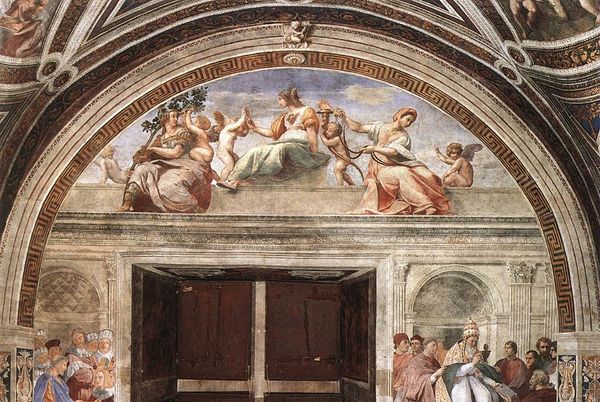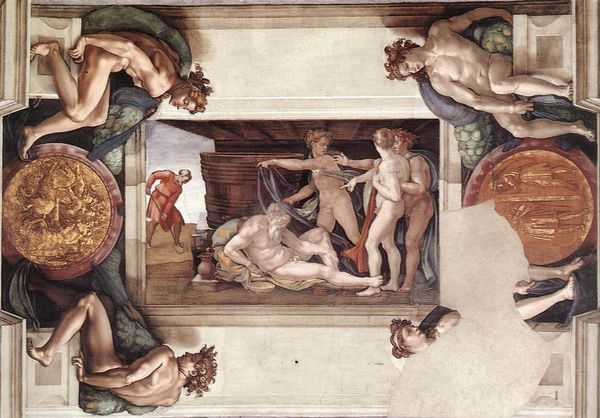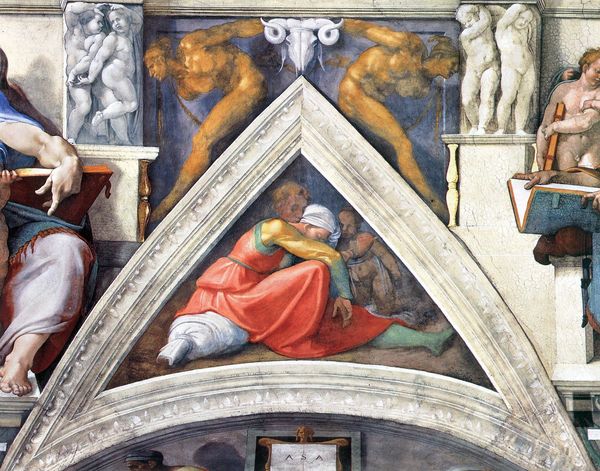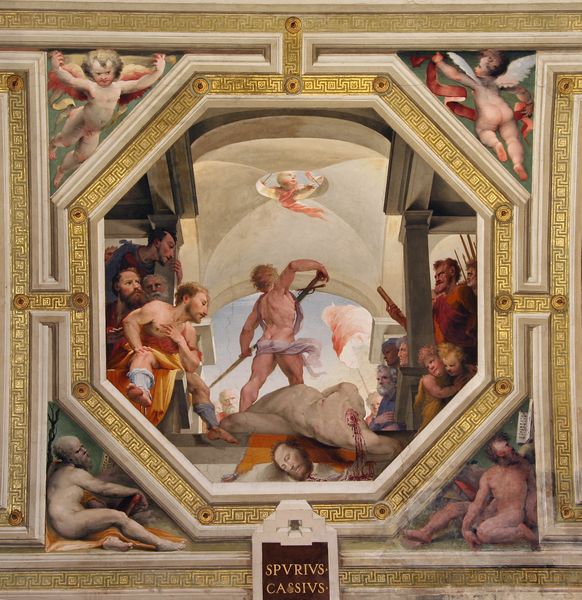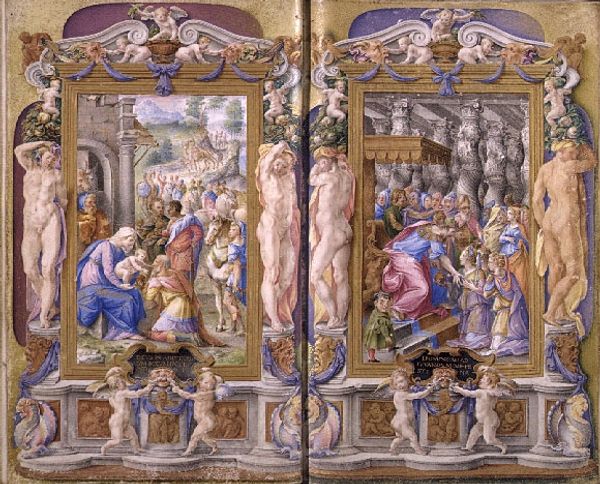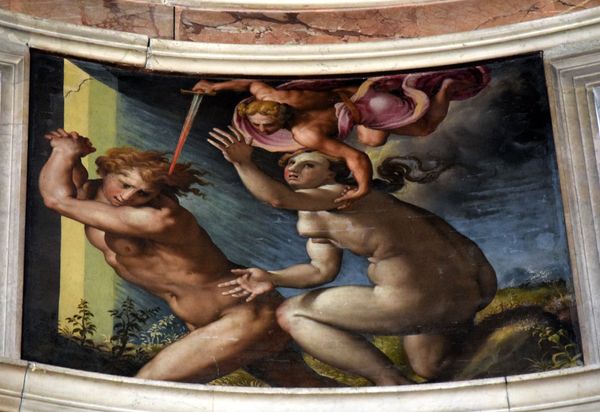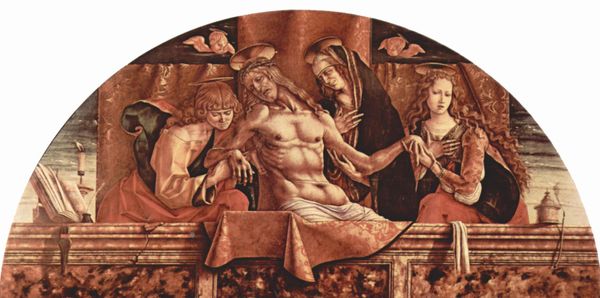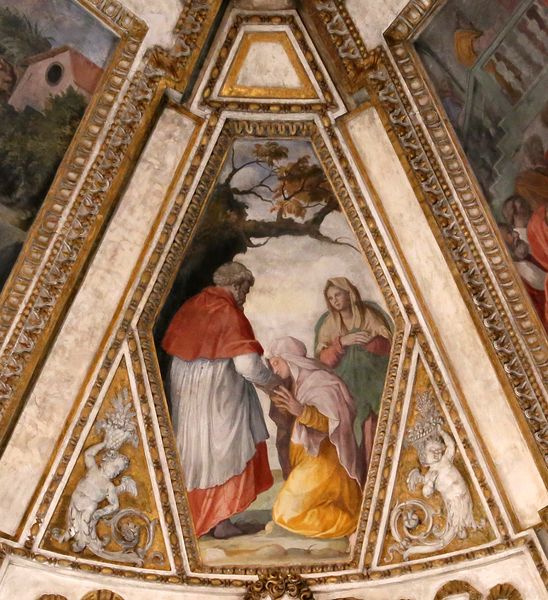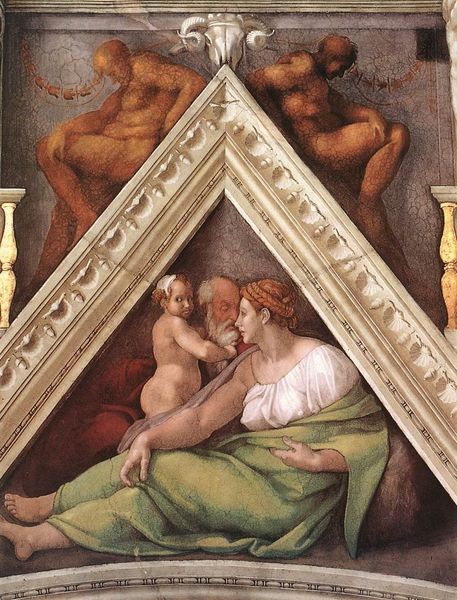Sistine Chapel Ceiling: The Punishment of Haman 1512
🔒Audio guide available with collection purchase
fresco
#
portrait
#
high-renaissance
#
narrative-art
#
strong focal point
#
sculptural image
#
figuration
#
form
#
fresco
#
underpainting
#
christianity
#
men
#
line
#
history-painting
#
academic-art
#
italian-renaissance
#
christ
Dimensions: 585 x 985 cm
Copyright: Public domain
Comments
No comments
Be the first to comment and join the conversation on the ultimate creative platform.

